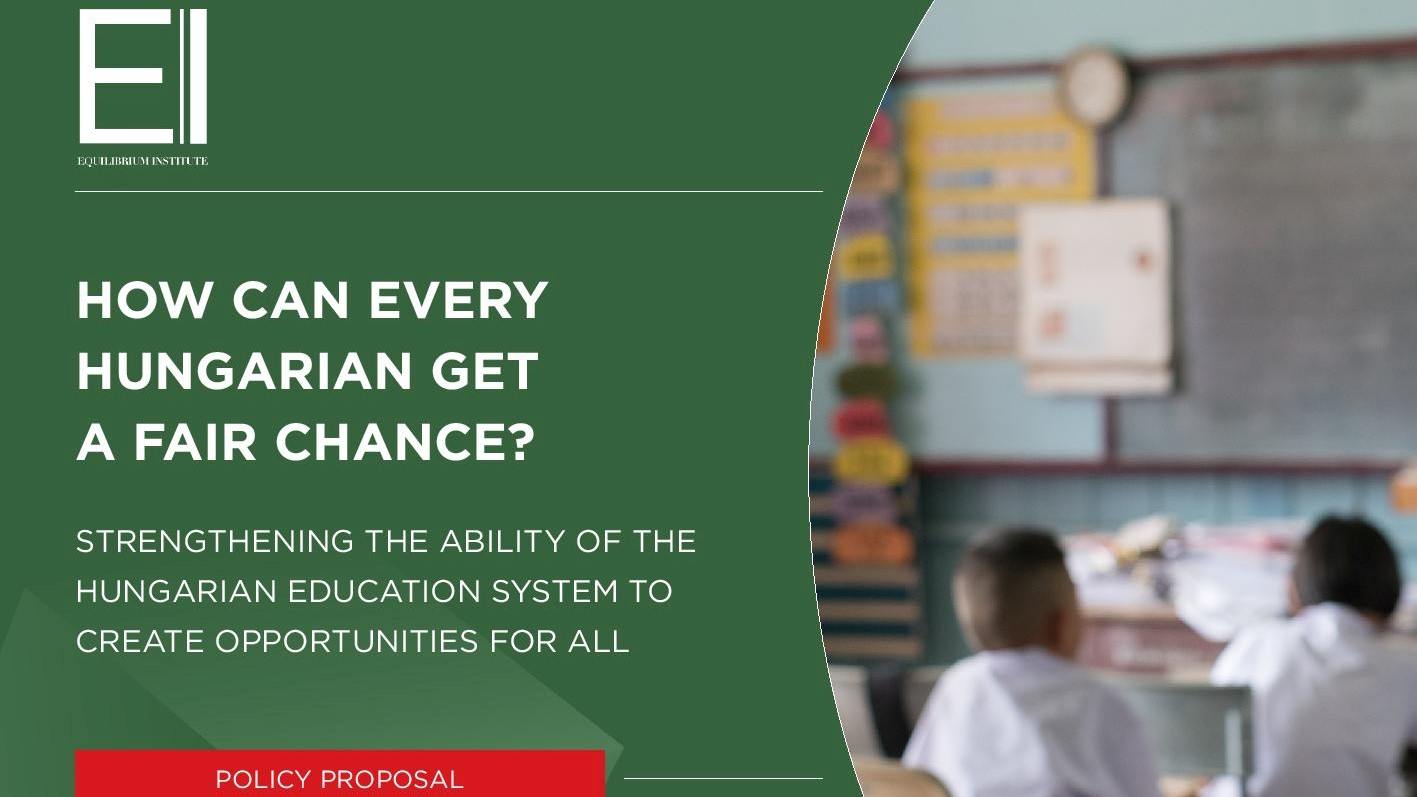One of the most important functions of education is to give students who hail from underprivileged socio-economic backgrounds the chance to get ahead in life. Yet in international comparison, the Hungarian education system is extreme in the degree to which it reinforces and reproduces social differences. Poverty and inequality in access on the one hand, and poor academic performance on the other, are strongly and causally linked phenomena.
The impact of social disparities is especially reinforced by early selection and segregation – in other words by the fact that the education pathways of children from different socio-economic backgrounds begin to diverge already around the age of 10. In classes that are uniformly made up of students from an underprivileged background, the children from better off backgrounds – whose presence and participation could help their peers catch up – are simply missing. This is problematic not only with respect to its impact on competitiveness but also because it undermines social cohesion.
The ground for the subsequent selection in education is laid already at the foetal age by numerous mechanisms which are linked to the child’s social background: the parents’ lack of information; their weaker health situation; the lack of access to an environment that fosters the child’s development; and the children dropping off the radar of the child welfare services, often coupled with housing poverty, result in sealing the affected children’s fate before they even start school.
You can view the full report of policy proposals in the following link:
https://egyensulyintezet.hu/wp-content/uploads/2022/05/How-can-every-Hungarian-get-a-fair-chance.pdf


